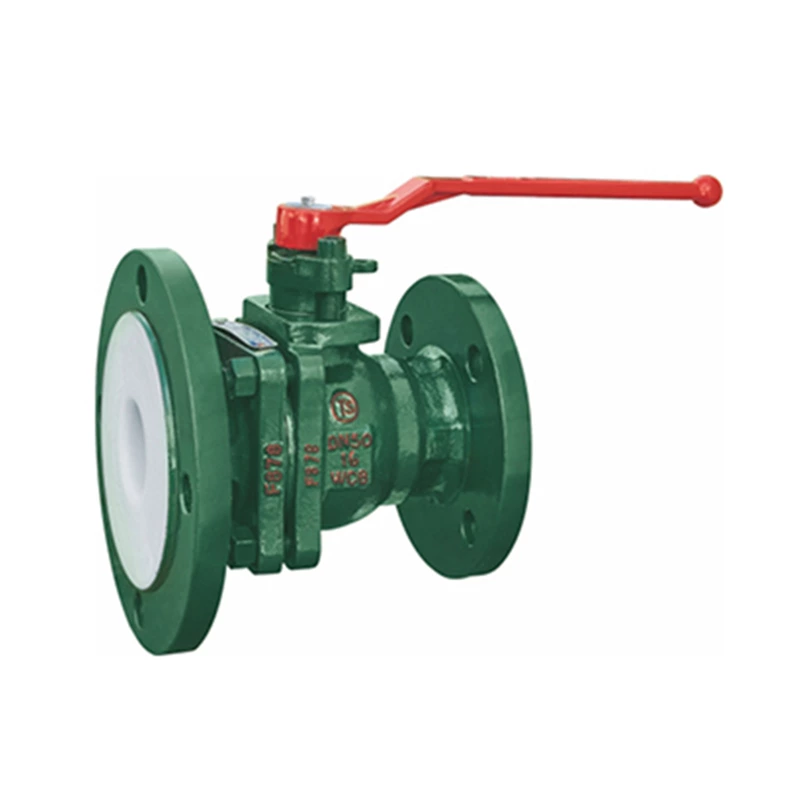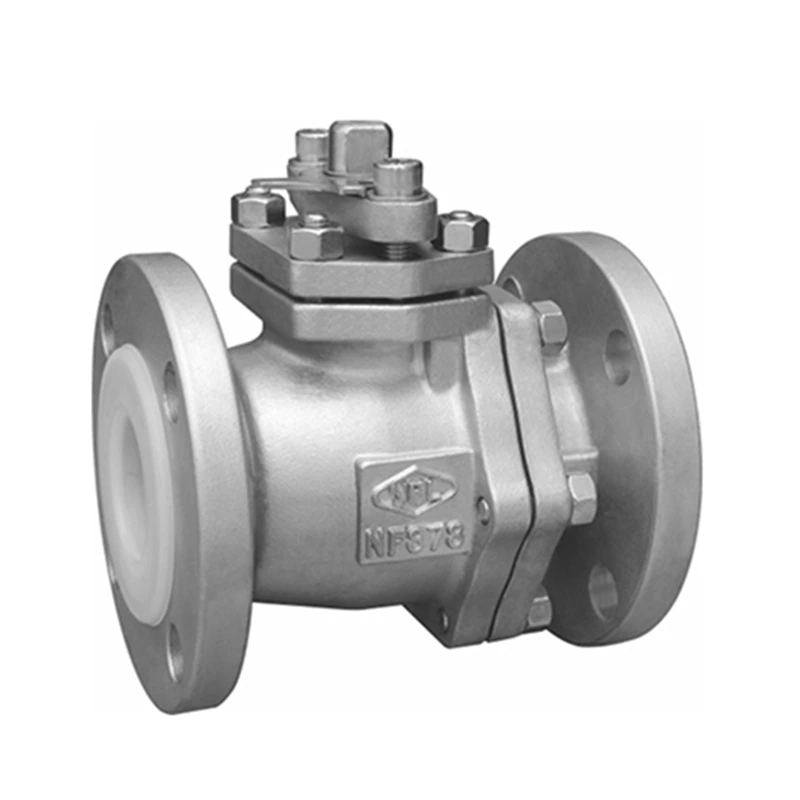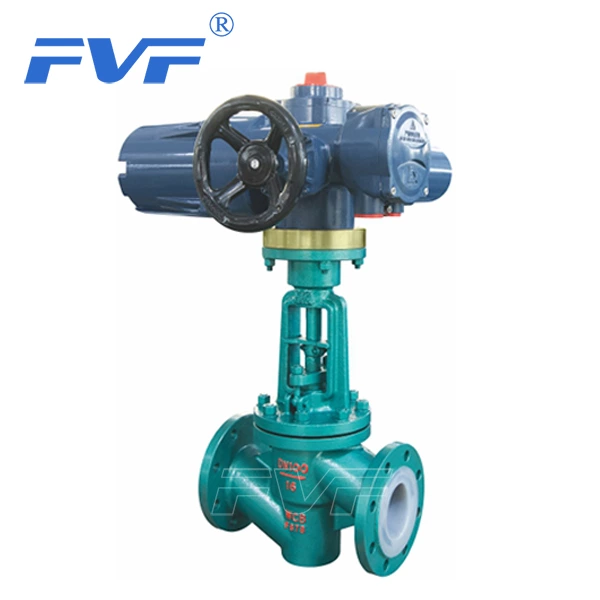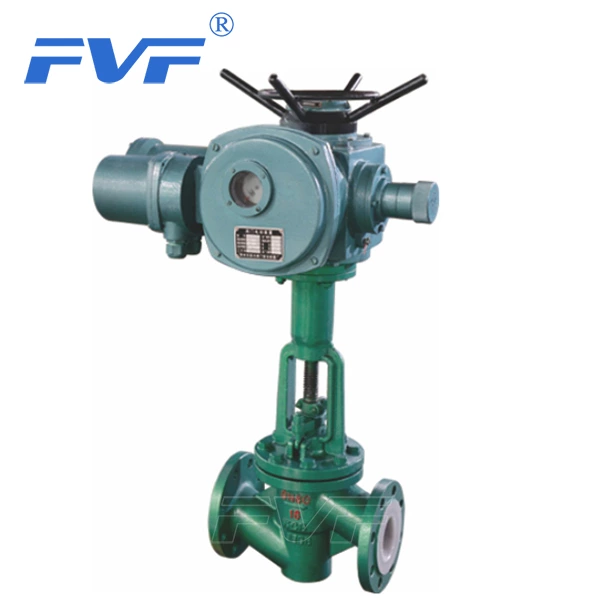Fluorine-lined Ball Valve Manufacturers Briefly Analyze The Use Principles Of Fluorine-lined Ball Valves
The basic introduction of Lined Ball Valve is as follows:
The ball and stem of the fluorine-lined ball valve are cast as one, eliminating the hidden danger of the stem being pushed out due to pressure changes.
The fluorine-lined ball valve is a type of fluorine-lined valve. Polytetrafluoroethylene is lined in the place in contact with the medium to improve the corrosion resistance.
The fluorine-lined ball valve adopts a special molding process to make the sealing surface dense and good, and the V-type PTFE packing combination makes the valve achieve zero leakage.
The fluorine-lined ball valve uses a ball with a circular through hole as the opening and closing part, allowing the ball to rotate around the center line of the valve body with the valve stem to realize the opening and closing of the valve.
The use principles of fluorine-lined ball valves are as follows:
1. When the fluorine-lined valve is connected to the pipeline, a gasket is generally not used alone, but when it is connected with the flange surface of a different material (metal surface, etc.), an appropriate gasket should be used to protect the PTFE flange surface.
2. The flange cover of the fluorine-lined valve cannot be opened at will unless it is ready to be connected to the pipeline. Otherwise, the PTFE flange surface may be scratched or deformed due to temperature difference or foreign matter, which may affect the sealing. If the cover is moved for inspection, it should be reset as soon as possible after inspection to protect the PTFE flange surface.
3. The sealing pair of the fluorine-lined valve stored for a long time should be in a slightly open separation state to prevent the sealing surface from being deformed due to long-term pressure, which will affect the sealing function and service life.
4. It is not allowed to do any high-temperature welding work on the fluorine-lined valve to avoid damage to the lining layer.
5. If the fluorine-lined valve leaks at a high temperature during system use, the system temperature should be lowered to room temperature first, and then the cause should be found out and repaired.
6. When manually operating the fluorine-lined valve, it is allowed to force the valve to open and close with the help of other levers.
7. Fluorine-lined valves should be stored in a dry and ventilated room and stacked strictly.
8. The repaired fluorine-lined valve must be tested and qualified according to relevant specifications before use.
9. When installing fluorine-lined valves with directional requirements, pay attention to the flow direction of the medium in the direction indicated by the arrow on the valve body, and ensure that operation and maintenance are convenient.







